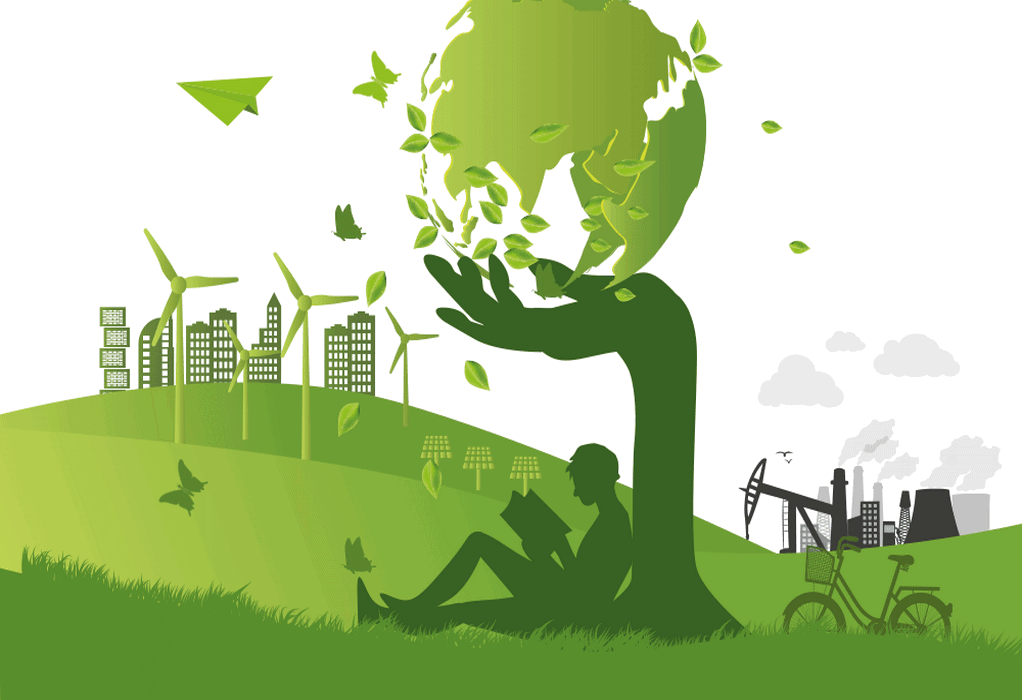The Indian government has issued a list of projects that would be eligible to earn carbon offsets for the purpose of selling them in international carbon markets.
According to a press release issued by the Ministry of Environment, Forests and Climate Change, a total of 13 activities have been identified as potential carbon offset generators in the country. The activities were announced by the National Designated Authority for the Implementation of the Paris Agreement (NDAIAPA).
Technologies that may be used to generate offsets eligible to be traded across jurisdictions include offshore wind power; green hydrogen; energy storage based on renewable energy; energy efficiency; sustainable aviation fuel; solar thermal energy; biogas; green ammonia; and carbon capture, utilisation and storage. The NDAIAPA has approved these activities for a period of three years.
India recently approved a law to introduce a national carbon market. According to media reports, a voluntary carbon market could be launched later this year. It will gradually be expanded to cover all major energy- and emission-intensive industries and made mandatory.
India has not signed any agreements yet to link its planned national carbon market to other national or sub-national carbon markets, as allowed under Article 6 of the Paris Agreement.
Media reports quoting government officials stated that the Perform Achieve Trade (PAT) scheme would be transitioned into a carbon market. The PAT scheme was launched in July 2012 and works on a cap-and-trade framework but for energy efficiency. The government claims that PAT has overachieved its targets and reduced energy consumption by 5.3% compared to the target of 4.1% during its first operational phase between 2012 and 2015.
Existing and proposed schemes form part of India’s strategy to achieve its 2030 commitments. In 2015, India announced its Intended Nationally Determined Contribution (NDC) to the United Nations Framework Convention on Climate Change (UNFCCC). It committed to increase the share of non-fossil fuel based power generation capacity to 40% and reduce emissions intensity of GDP to 33–35% compared to 2005 levels.
Tags: Carbon Market, Climate Change, India, Paris Agreement



Recent Posts
FueLNG Completes 400th LNG Ship-to-Ship Bunkering Operation in Singapore
Port of Gothenburg Hosts First Bunkering of Swedish-Produced Biomethane for Maritime Sector
UrbanLink Expands REGENT Seaglider Order, Driving Forward Zero-Emission Coastal Travel in Florida and Puerto Rico
HD Hyundai Executive Vice Chairman Holds Landmark Talks with U.S. Trade Representative on Shipbuilding Cooperation
ZeroNorth and Veracity by DNV launch end-to-end emissions reporting and verification service for the maritime industry
Hapag-Lloyd Expands ‘Hamburg Express’ Class Fleet with Delivery of Genova Express
Bureau Veritas calls for standardized safety regulations to accelerate adoption of electrification technology
ABS Publishes Safety Insights for Ammonia as a Marine Fuel